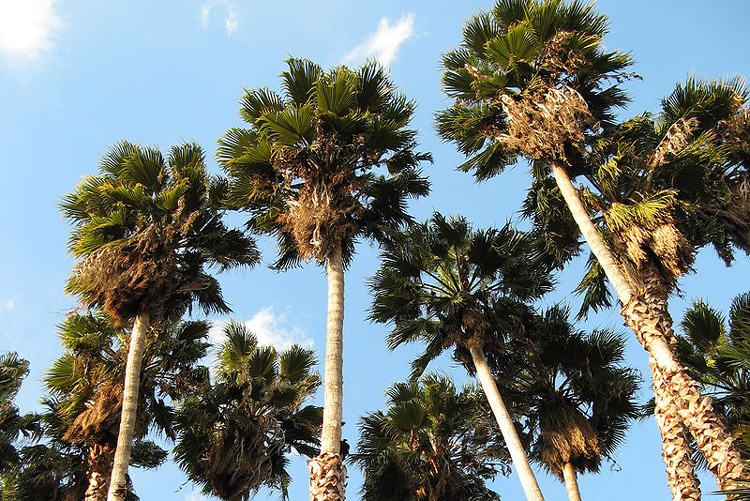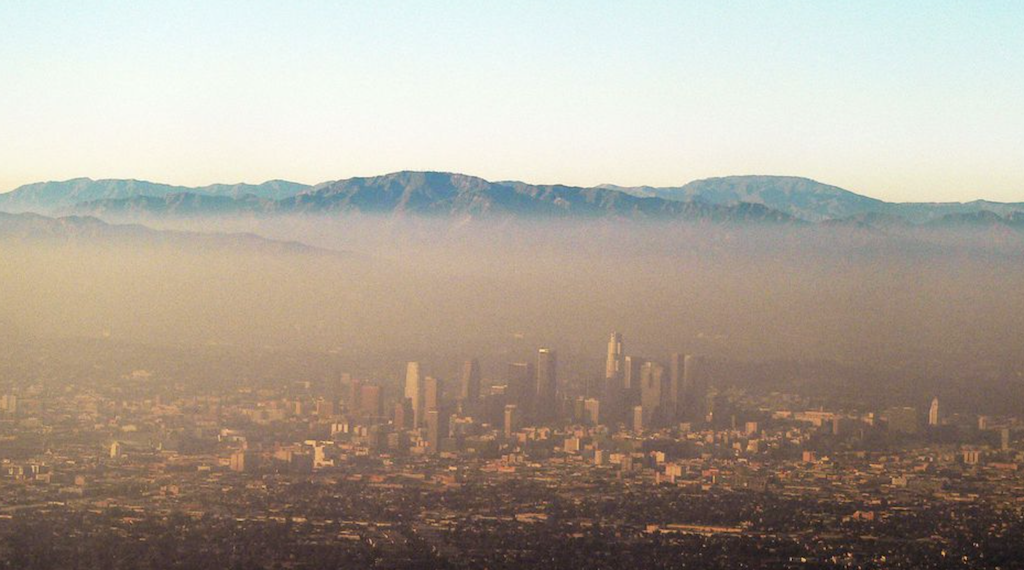When thinking of China, many people speak of the terrible pollution suffered by its large urban centers. How soon we forget that cities are trapped in the same or more significant pollution problems than some Chinese urban concentrations in the West.
The electric car is not the only solution to Los Angeles’ pollution problem suffered by the city of Los Angeles (LA) are behind the norms of the most advanced and hard state in the United States in terms of emission regulation that characterizes California’s regulatory framework.
But the war declared on the smoke that comes out of the millions of exhaust pipes that saturate the highways of the Californian megalopolis may not be enough, according to the latest study from the University of California Berkeley.
According to the researchers’ findings, a complete shift from the fleet to electric cars may not eliminate air pollution in the city.
The most concerning is the source of hazardous aerosol pollution may come from trees and other green plants, according to a new study by chemists involved in the research.
Research has shown that aerosols, hydrocarbon particles known as PM2.5, because they are less than 2.5 microns in diameter and easily lodged in the lungs, cause cardiovascular and respiratory problems.
Berkeley scientists have found PM2.5 concentrations in the Los Angeles Basin during 2012 were half what they were in 1999. Emissions from new car tailpipes decreased during that period thanks to more regulations, which have brought other sources of PM2.5 to the fore.
The Los Angeles Basin is known to be home to more than 18 million trees, and, on average, they are responsible for around 25% of the area’s particulate emissions.
All of this means that President Ronald Reagan’s statements were partly correct when he declared in 1981 that “trees cause more pollution than automobiles.” This does not mean that trees are really bad anyway.

Faced with this discovery, Ronald Cohen, atmospheric chemist and professor of chemistry at the University of California at Berkeley, wanted to make a statement stating that he is not “suggesting that we get rid of plants, but I want people who are thinking of planting large scale choose the correct trees.”
For Cohen, one of the keys is “to choose low emission trees instead of high emission trees”.
The situation revealed by the study is based on the emissions of particles generated by the trees that can end up combining with nitrogen oxides produced by man, forming aerosols, especially when heated.
This is a problem, especially in California, which encourages this problem due to weather and hours of sunshine.
For this reason, Cohen recommends continuing to study the type of suitable plants, which are those with the least amount of emissions possible so that the creation of aerosols can be stopped and controlled.
According to the researcher, aerosols from plant-based particulate emissions are a problem derived from temperature.
“Twenty years ago, almost every day in Los Angeles, a standard of health was exceeded,” says Cohen, whereas now this happens “only on hot days.”

